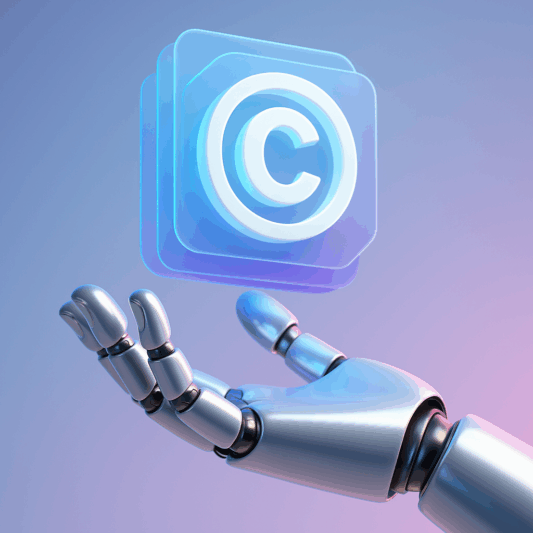Comments on the latest common practice among European offices

Drafting a description of goods and services often is walking a tightrope: a balance between precision in wording used for the trademark’s coverage and consideration for possible future developments as well as enforcement.
An excess of precision might prove restrictive, and so not only narrow the scope of protection, but also raise issues when time comes to justify use, while a lack thereof could either give rise to an objection and/or impair effectiveness of the trademark’s protection.
Clarity also is a fundamental requirement to enable third-parties to immediately determine the extent of the monopoly granted to the mark owner, in terms of designated goods and activities.
It has therefore been long settled that unclear and imprecise terms, as well as general indication of class headings taken from the Nice classification are lacking clarity and must be further specified.
After the « IP TRANSLATOR » judgment was issued in 2012[1], European Union Intellectual Property Office (EUIPO) published communications with the aim of giving guidance to right holders and IP professionals on treatment of terms lacking clarity and precision, later giving opportunity to owners of EU marks filed before 2012 and designating general class headings to declare that their intention at the time of filing had been to cover the literal meaning of the general indications or goods/services going beyond such literal meaning that were then to be specified – provided that the goods/services declared were included in the alphabetical list for the class of the edition of the Nice Classification in force on the date of filing, such classification being revised on a yearly basis[2].
Furthermore, when an opposition or another action was based on and/or directed at a trademark covering imprecise goods and services, these were excluded from comparison – such terms often being considered as improper to enable third-parties to determine the exact scope of protection of the mark at issue, and these terms were then treated under different standards, that could vary from one office/venue to another (oftentimes, divergent).
EUIPO, together with the Member State offices, have developed – from that baseline principles – the CP15 Common Practice, to harmonize the treatment of terms lacking clarity and precision[3]. EUIPO and national offices collaborated in the context of converging trademark practices on the treatment of terms lacking clarity and precision, setting out the following « key messages »:
as of now, unclear and imprecise terms in the mark’s coverage may not be excluded from the outset in the comparison of goods and services simply by invoking a lack of clarity and precision (which, in our view, is quite positive),
however, these terms can only be taken into account by giving them their natural and literal meaning – and also always bearing in mind the Nice Classification that was applicable at the time of filing (accompanying explanatory notes on the classes being useful to this end). Moreover, it cannot be interpreted in a way favorable to the owner of the mark.
In practical terms, according to such harmonized common practice among EUIPO and Member State offices, the treatment of terms lacking clarity and precision covered either by the earlier or by the contested mark in a comparison of goods/services is established as follows:
if both marks contain the exact same unclear and imprecise terms, or unclear and imprecise terms that are synonymous, then they must be considered identical (for example, « goods made of these [goods of leather and imitations of leather] » included in class 18 are unclear, but will be put in comparison and considered identical if they are designated in the same terms by both trademarks at stake);
if compared specifications do contain unclear and imprecise goods but these are not designated in identical or synonymous terms, then they will be put in comparison under the Canon criteria (including factors such as nature, intended-purpose, method of use, competition or complementarity, distribution channels, relevant public, usual origin etc.), but only by giving them their natural and literal meaning – bearing in mind, to this end, the Nice Classification (as it allows to determine the general category to which it belongs.) For instance, amongst the first decisions issued by the French IP Office under this harmonized yet strict approach, designation of « goods made of these [goods of leather and imitations of leather] » in class 18 (unclear and imprecise terms) was considered as not being similar to « bags »[4]. As a consequence: this approach can fall out of favor with the earlier right owner, whose opposition/action could possibly be dismissed in whole or in part.
The greatest risk associated with this, for marks that do designate terms lacking clarity and precision, is that such marks could no longer be effectively opposed to or enforced against similar posterior marks, simply by considering that the natural and literal meaning of their specification of goods and services – then taken in a restrictive manner – does not cover similar goods or services to the challenged trademark – and so, even though oftentimes the prior mark owners had intended to be protected for such goods and services when he first applied for his mark (which can typically be the case for « bags » when « leather goods » were indicated). This is particularly frequent among old marks, notably those that pre-date 2012 and the « IP Translator » judgement and that have not been further specified.
In order to assess, and whenever possible minimize such risk, auditing your trademark portfolio could be useful, with the aim of reviewing wording of the lists of goods and services, determine where the terms used are not sufficiently clear and precise[5], and depending on the results:
- to possibly proceed with limitations (which is in line with some offices’ approach);
- or, for European trademarks, to possibly proceed with partial surrenders under article 57 of the current Regulation;
while bearing in mind that some goods or services might have been reclassified in the meantime, or should be soon (on this topic, you can of course refer to our specifically related article, also published in the present newsletter) and divergent practices of national offices (as just an illustrative example, if « glasses » – that currently fall under class 9 but will soon be reclassified to class 10 – were not specifically designated in a specification of goods, then could such goods still be considered as belonging to the general category of « optical goods » that will remain in class 9?)
Such task can be particularly burdensome, yet useful if not critical, to maintain one’s trademark protection. Of course, our team is available to assist you in framing a pragmatic strategy.
October 2025
Sources
- CJEU, 19 June 2012, Case C‑307/10
- In compliance with former article 28 / now article 33 (8) of the Regulation on the EU trademark, such declarations had to be filed before September 2016
- Common Practice « CP15. Comparison of goods and services: treatment of terms lacking clarity and precision and common interpretation of Canon criteria and other factors », adopted unanimously by the Management Board of the EUIPO in November 2024 and implemented by the latest national IP offices in June 2025. The said Common Practice has been adopted in accordance with the IP TRANSLATOR judgment and the Trademark Directive 2015/2436
- Cf. Decision OP24-2993
- In this regard, provision of guidance or criteria for determining when terms are considered to be clear and
precise, on the one hand, and when they lack clarity and precision, on the other, are topics that are out of the scope of the Common Practice CP15. Reference would then rather be made to communications « PC1 » and « PC2 », as well as past analysis of former article 28 / new article 33 (8) declarations.



